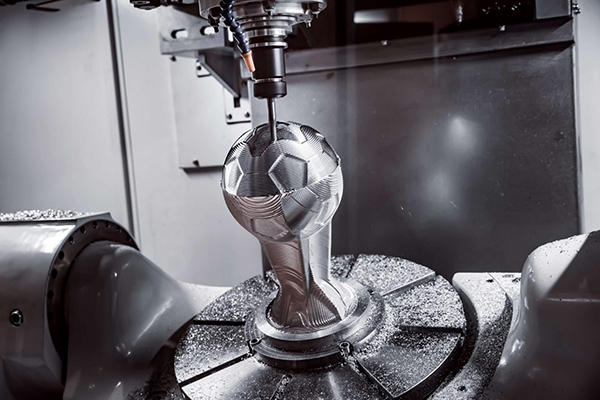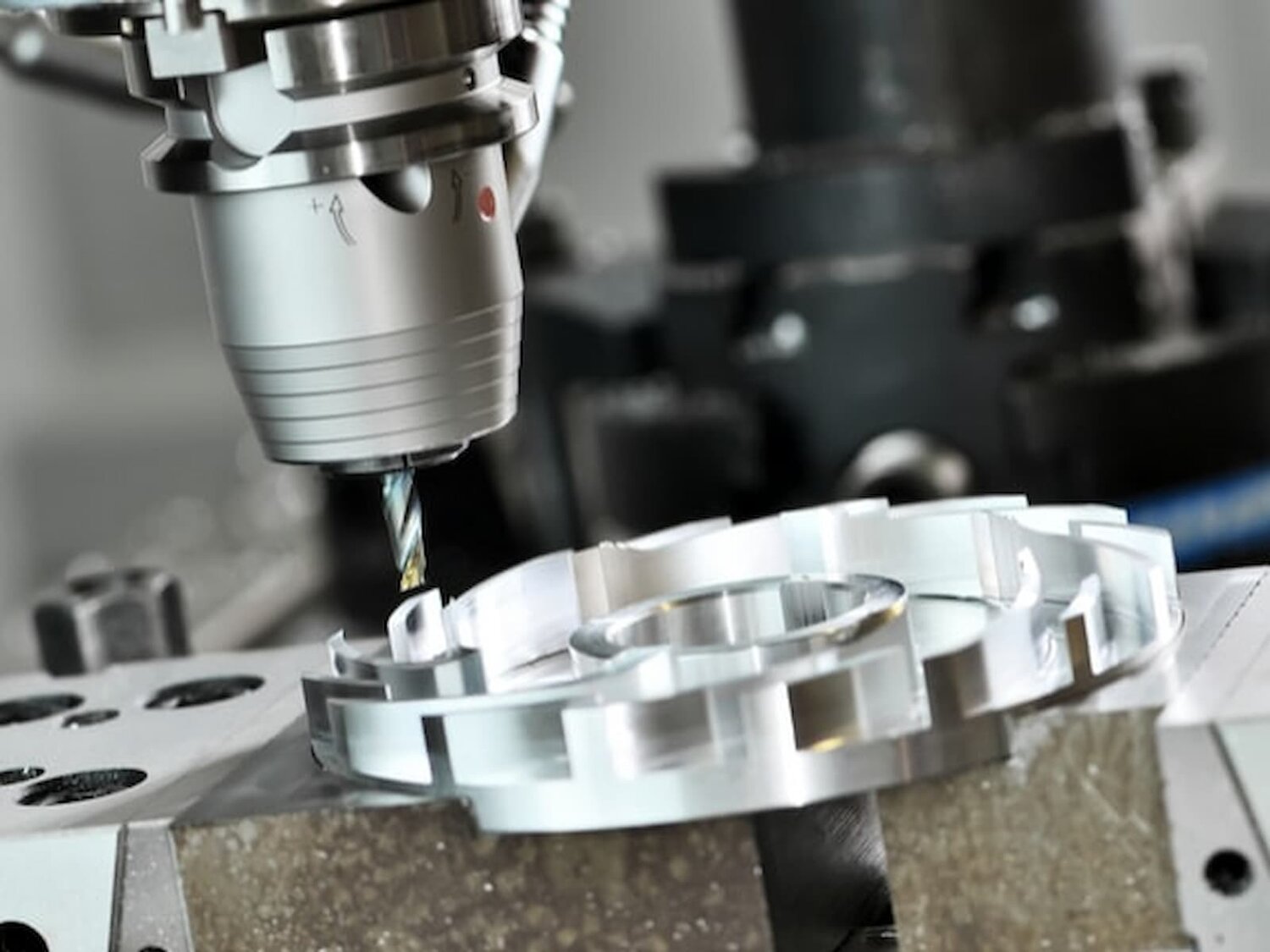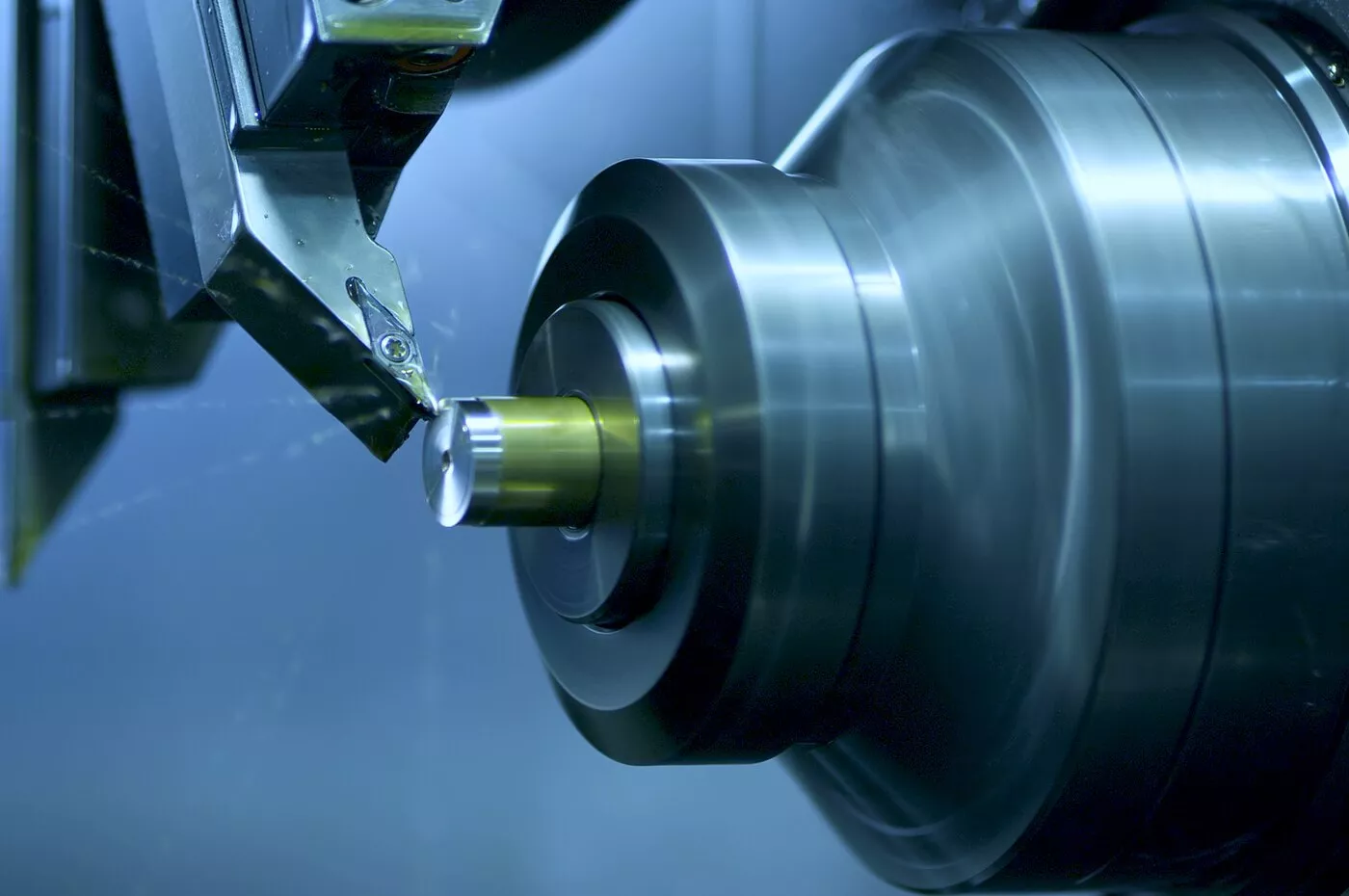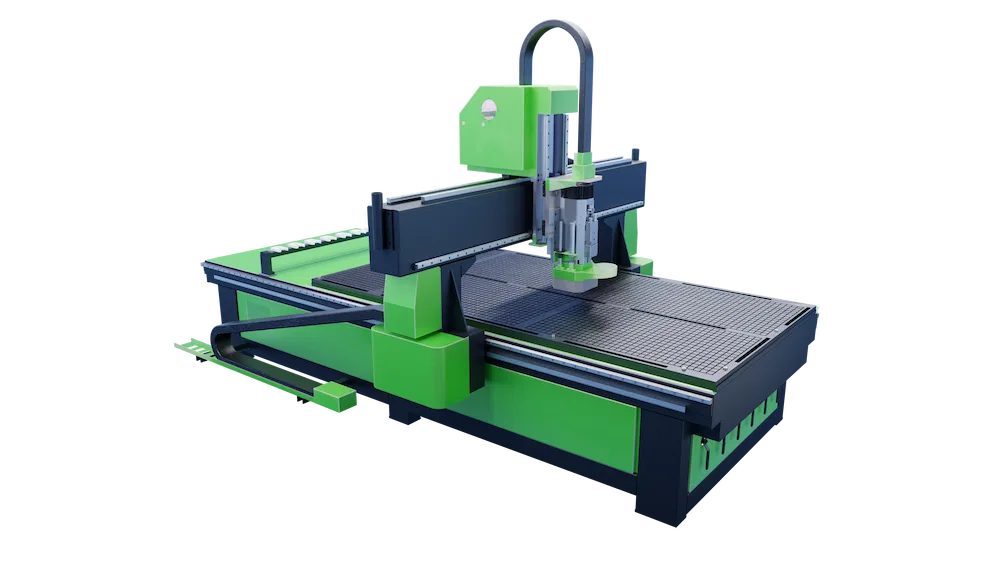Anodizing protects metals from rust and lengthens their lifespan, making them stand tall like a protector. This special method increases metal performance by adding a layer of protection. Anodizing is a hidden weapon that may be used on jewelry, technology, and household objects. Study the significance of anodizing as we go into the realm of reinforced metals in this investigation. The inquiry that starts the voyage is this one: How can a small coating make a metal both radiant and resilient?
Importance of anodizing in metal finishing
The benefits of anodizing in the context of metal finishing.
Enhanced Corrosion Resistance
The process of anodizing creates an oxide coating that protects the metal surface against corrosion. This is especially vital in industries where exposure to harsh environments is common.
Improved Aesthetics
Metals have a sleek and attractive appearance because of the technique, which offers a multitude of color possibilities. For businesses like consumer electronics or architecture, where aesthetic appeal plays a big role, this is especially helpful.
Increased Durability
Metals that become anodized are more resilient due to their higher hardness and wear resistance. This is especially helpful in industries where durability is important, such as the construction of cars and aircraft.
Environmental Friendliness
Due to its low waste output and lack of toxic components, anodizing is a reasonably environmentally benign procedure. This is in line with the increased focus in manufacturing on sustainable methods.
Electrical Insulation
Because of their superior electrical insulating qualities, anodized surfaces are perfect for use in electrical applications. This is especially important for the electronics sector since limiting electrical conductivity is paramount.
Types of metals suitable for anodizing
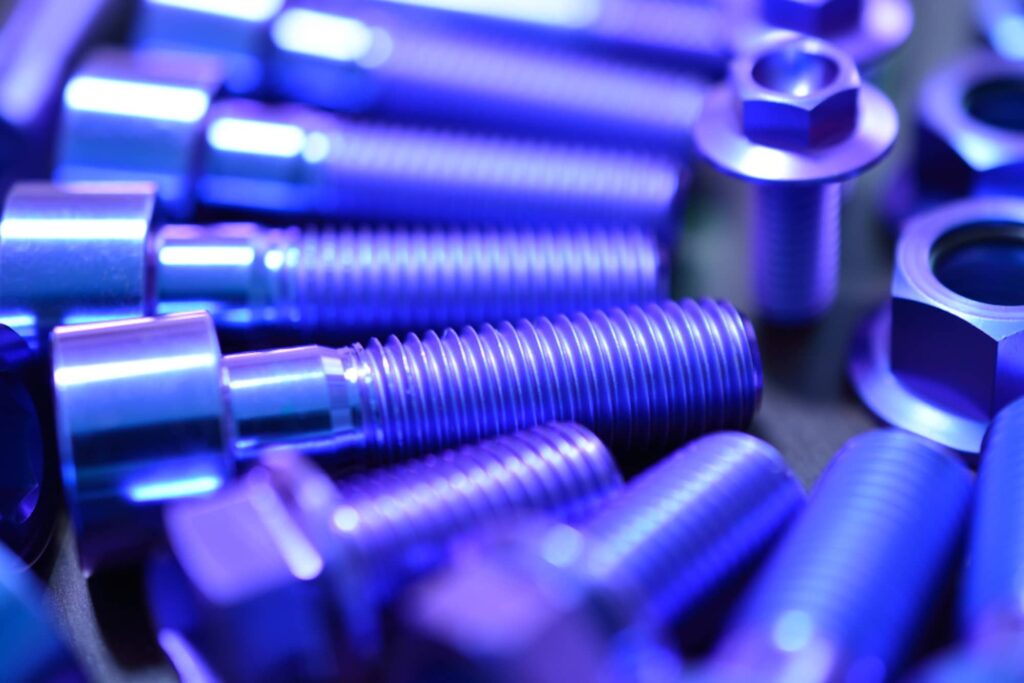
The metal finishing technique known as anodizing improves the characteristics of different metals, giving them more toughness and visual appeal. However, not all metals are equally good for anodizing. Now let’s explore the kinds of metals that exhibit a glossy finish after anodizing.
Type 1: Aluminum – A Prime Candidate
Among the most anodizable metals, aluminum comes in the first place. Its resilience to corrosion, lightweight design, and capacity to retain vivid colors make it a favored in a variety of sectors, including consumer electronics and construction.
Type 2: Titanium – Strong and Resilient
Another metal that takes well to anodizing is titanium, which is famous for its remarkable strength and resistance to corrosion. Because durability is crucial in aircraft applications, this makes it an ideal option.
Type 3: Magnesium – Lightweight Marvel
By improving its ability to resist corrosion, anodizing magnesium preserves its lightweight properties while increasing its durability. This makes it useful in sectors like the production of automobiles.
Type 4: Niobium – The Colorful Contender
Niobium, albeit less common, is becoming more and more well-known for its anodizing ability to create vivid, long-lasting hues. Jewelry and creative applications are where it finds its place.
Type 5: Zinc: Anodizing for Protection
Galvanizing is a distinct anodizing process used on zinc. In particular, this procedure prolongs the life of materials used in construction by adding a protective coating that inhibits corrosion.
Type 6: Tantalum – For Specialized Applications
Tantalum, which is frequently used in electronic components, has exceptional resistance to corrosion following anodizing. It is appropriate for several industrial applications due to its chemical resistance.
Anodizing Process Steps
The stages involved in the anodizing process, explaining its complexities and revealing its secret.
Step 1: Surface Preparation
Thorough surface preparation is essential before exploring the fascinating realm of anodizing. First, the metal surface must be carefully cleaned to ensure that any impurities go away that might interfere with the process’s next phases. The basis for the next transformation is laid during this period.
Step 2: Acid Etching (Optional)
Acid etching becomes useful for people looking for an additional level of refinement. Enhancing the surface roughness to encourage adherence during the anodizing process is the goal of this optional step. Under certain circumstances, acid etching is used to give the metal’s change from dull to brilliant a creative touch.
Step 3: Anodizing Bath
At the center of the anodizing procedure is the anodizing bath, a meticulously mixed mixture that serves as a conduit for the magic to happen. The anodizing bath—a complex mixture of chemicals—is essential to setting up the right conditions for the metal to change.
Step 4: Anodizing
The alchemy starts when the metal falls into the anodizing solution. Slowly, an oxide layer builds on the surface, and a delicate dance begins. This coating provides a brilliant variety of color choices while also improving the metal’s endurance. Customization is possible since the ultimate visual appeal depends on the conditions under which anodizing occurs.
Step 5: Sealing
The sealing step is the culmination of the anodizing process when the magic is sealed for all time. Sealing serves as a barrier against external influences, protecting the recently developed oxide layer. Sealing is the last stroke of paint in this painting. Different techniques apply to it.
Applications of Anodized Metals
Because of their improved strength and eye-catching appearance, anodized metals are now essential in a variety of sectors. Examining the various uses for anodized metals will reveal why they are the unsung heroes of our everyday existence.
Aerospace Industry
Anodized metals are essential in the high-altitude aircraft industry where dependability and accuracy are critical. The protective oxide layer shields components from corrosion, such as satellite housings and parts for airplanes. For aircraft engineers, anodized aluminum is the material of choice because of its lightweight characteristics, which enhance fuel economy.
Architectural Applications
Anodized metals combine style and usefulness in architecture with ease. Anodizing provides a layer of protection against severe weather for window frames, facades, and other external features. Additionally, a wide range of color possibilities become available to architects, enabling them to express their creativity while guaranteeing long-lasting beauty.
Automotive Components
In the realm of automobiles, anodised metals are essential when driving. Anodizing improves both look and function on anything from robust engine components to svelte body panels. The oxide layer prolongs the life of vehicle parts by serving as a barrier against environmental elements and road salt. Also, the variety of color options meets the needs of automotive enthusiasts seeking a personalized touch.
Consumer Goods
Anodized metals permeate every aspect of our everyday contact with consumer products. Anodizing adds strength and resistance to corrosion to a variety of items, including cookware and cell phones. Everyday objects gain a sense of refinement from the variety of hues available, which makes them durable and visually beautiful.
Last Thoughts
A metal’s greatest ally is the alchemy of anodizing. As we come to the end of our exploration of the resilience and protection layers, it is evident that anodizing is more than just a surface treatment—it is a commitment to longevity. The colorful results, a metal strengthened against rust, corrosion, and wear, are what hold the charm. Anodized metals are heroes of endurance, used in everything from aerospace engineering to commonplace items. Accept the anodizing’s power, and watch your creations withstand the tests of time. Let the layers of protection guide you into a future where metals not only endure but also dazzle with lasting brilliance.




